Noticias del sector
How To Choose The Best Lens For Landscape Photography
Nature’s landscapes are beautiful, and through your lens you can capture the beauty of majestic mountains, rivers, lakes, and other natural wonders. As with any other field of photography, the success of landscape photography depends largely on the lens you use.
Therefore, you should carefully consider choosing the best lens for landscape photography.
1.What are the best lenses for landscape photography?
There are several different opinions on what focal length is best for landscape photography. Since every photographer has a unique style and every landscape presents its own challenges, it’s a good idea to have some options.
Therefore, in this article, we’ll look at lenses with standard focal lengths, wide-angle focal lengths, ultra-wide-angle focal lengths, and even telephoto focal lengths, explaining why you might choose that lens type in each section. Finally, we’ll talk in general about what makes a great landscape photography lens.
(1)Standard lens
A standard lens, also known as a “normal lens,” has a field of view similar to that of the human eye. Have you ever tried to shoot with a smartphone and been surprised by how far away the scenery appears in your photo? How do mirrorless and DSLR photographers capture photos that approximate what the human eye sees? Simple: they use a standard lens.
Typically, a standard lens has a focal length between 35mm and 55mm, and many kit lenses that come with your camera fall within this standard lens focal length range.
If you want to try a standard fixed focus lens, a 50mm lens is the best choice for landscape shots and is generally more affordable. If you want more flexibility, a zoom lens in the 35-55mm focal length range will do the trick.
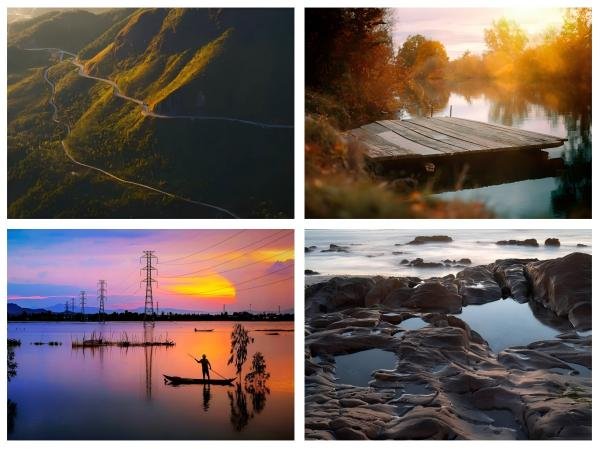
(2)Wide angle lens
Many people love using wide-angle lenses for landscape photography. Why wouldn’t they? A wide-angle lens can fit most of a scene into the frame, so you don’t have to strategically crop your photos when capturing wider-than-average locations, such as Angkor Wat in Cambodia.
A wide-angle lens is traditionally considered to be a lens with a focal length of 35mm or shorter. For many landscape photographers, a wide-angle lens is often the best lens for landscape photography.
(3)Ultra wide-angle lens
As you explore wide-angle lens options, keep in mind that the larger the field of view, the more distortion you’ll see in your image. At a 24mm focal length, distortion is minimal, but at focal lengths like 18mm, 14mm, and even 10mm, the corners of your image will appear distorted.
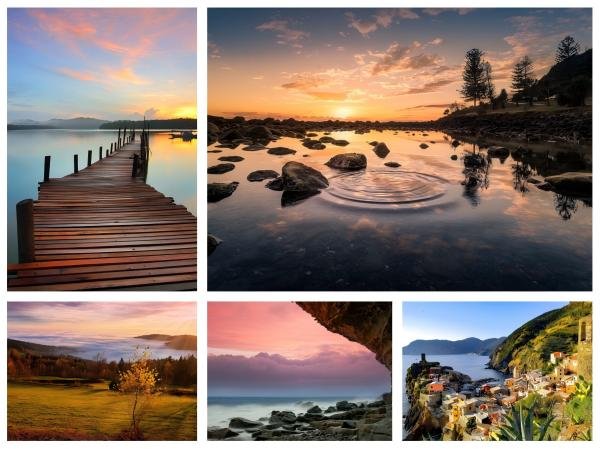
(4)Telephoto lens
Telephoto lenses are more commonly used in sports photography and are great for zooming in on a single element in a landscape photo, such as a house on a hill, while still bringing out all the details.
You might not immediately think of using a telephoto lens for landscape photography, but a telephoto lens is a great addition to any landscape photographer’s gear.
A telephoto lens has a longer focal length than a standard lens. They typically fall within the 70-200mm focal length range. Within this range, a telephoto lens can be either a zoom or a prime. Lenses with focal lengths exceeding 300mm are considered super telephoto lenses.
A telephoto lens can be very useful when you are out taking landscape photos and want the images of distant scenery to be more impactful.
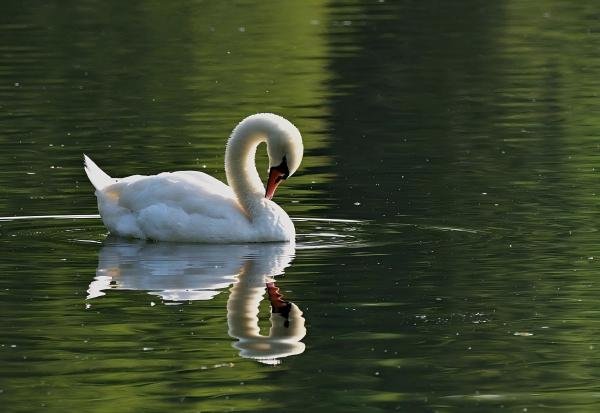
2.What makes a great landscape photography lens?
Choosing the best lens for landscape photography doesn’t have to be complicated. Using the lens types above as a guide, evaluate your shooting needs and choose the lens that best meets your criteria. In no time, the world will be admiring your stunning landscape photos.
(1)Focal length
How important is focal length to landscape photographers? In short: very important.
Imagine capturing a vast vista with just a 300mm telephoto lens. Unless you’re planning on stitching a panorama, a 300mm lens isn’t ideal for capturing this kind of scenery. Now imagine capturing the same vista with a 10mm ultra-wide-angle lens. With such a wide-angle lens, you’ll capture the entire scene, but there’ll also be significant distortion, potentially missing some wonderful details.
In this case, the ideal lens might be a 50mm or 35mm focal length. Because no two landscapes have the same visual characteristics and challenges, landscape photographers need the flexibility to use a variety of focal lengths.
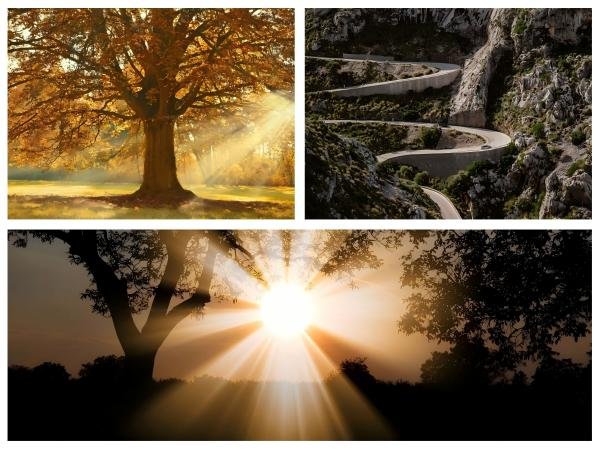
(2)Apertura
When your goal is to take beautiful landscape photos, a fast, wide aperture is far less important than it is in other types of photography. Since most landscape photographers value a large depth of field, landscape photos are generally best shot in the aperture range of f/11-f/22.
Fortunately, all lenses—from standard to ultra-wide-angle to telephoto—can shoot at a range of smaller apertures. No matter which type of lens you choose for your landscape photos, it’s easy to capture the full depth and exquisite details of the scene.
Keep in mind, however, that lenses aren’t typically at their sharpest when their aperture is fully closed, so if you plan on using extreme depth of field, look for a lens that can stop down to f/32. This will allow you to shoot at f/22 and maintain maximum sharpness.
(3)Zoom and fixed focus
In landscape photography, the choice between a zoom lens and a fixed focus lens is largely a matter of personal preference. Many landscape photographers prefer the flexibility and compact size of a zoom landscape lens. Zoom lenses allow for shooting at a wide range of focal lengths without having to change lenses or carry extra gear. Of course, other landscape photographers prioritize the image quality of a fixed focus lens.
While fixed focus lenses are a versatile choice for experienced landscape photographers who know what they want when capturing a scene, zoom lenses are helpful for beginner landscape photographers. For them, the added flexibility of a zoom lens makes it a must-have in their camera lens arsenal.
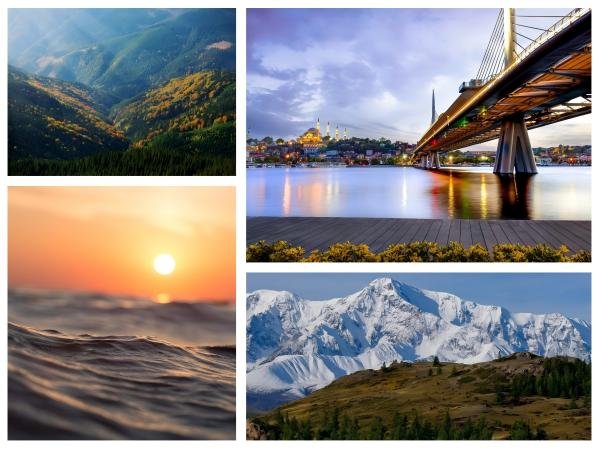
(4)Weather resistance
Weather resistance is also one of the most important factors to consider when searching for the best lenses for landscape photography. Serious landscape photographers know that sunny days are rarely photogenic. Therefore, if you plan on shooting in rain, snow, wind, or any other conditions Mother Nature throws at you, it’s worth adding a weather-resistant lens.
When the sky is overcast and the weather is unpredictable and beautiful, you’ll find that weatherproof lenses are your favorite camera lenses. They take the worry out of shooting, allowing you to focus on composition and technique.
When choosing the best lens for landscape photography, it’s important to understand that every landscape and every photographer is different. The above guidelines should help you determine which lens will best suit your field of view and location. Ideally, you should take the time to try out several different lenses before settling on the one that works best for you.

